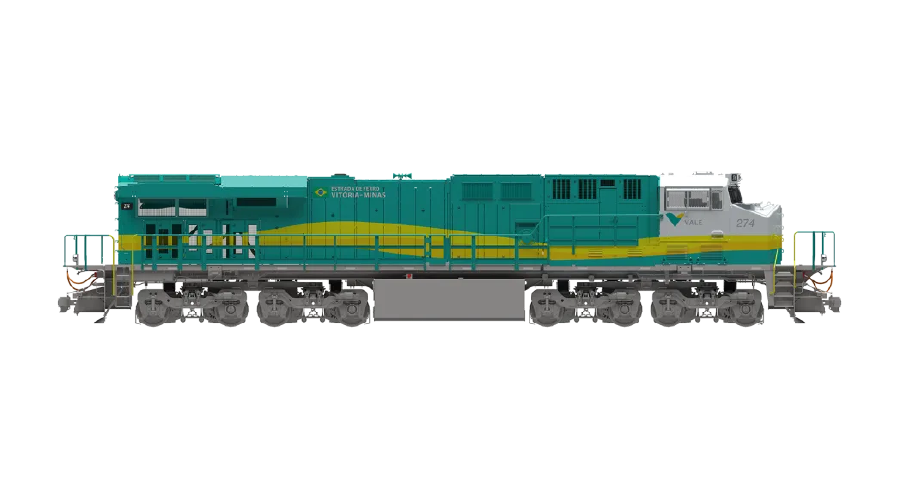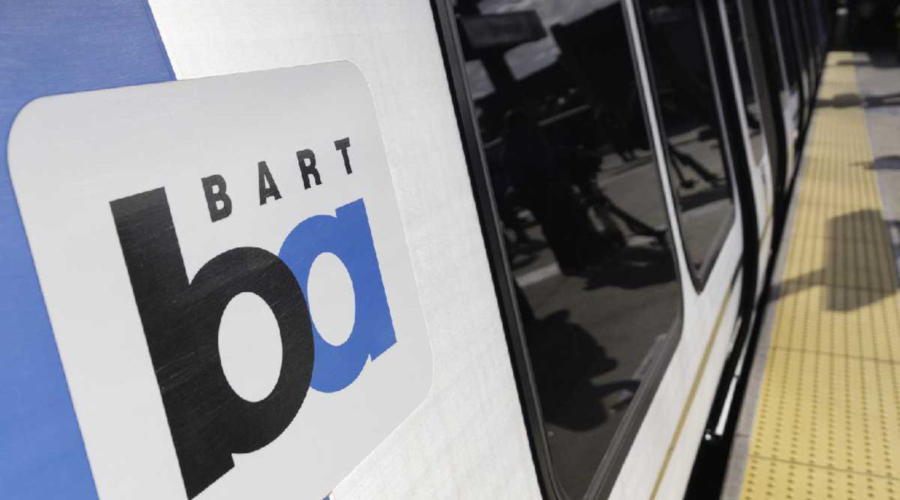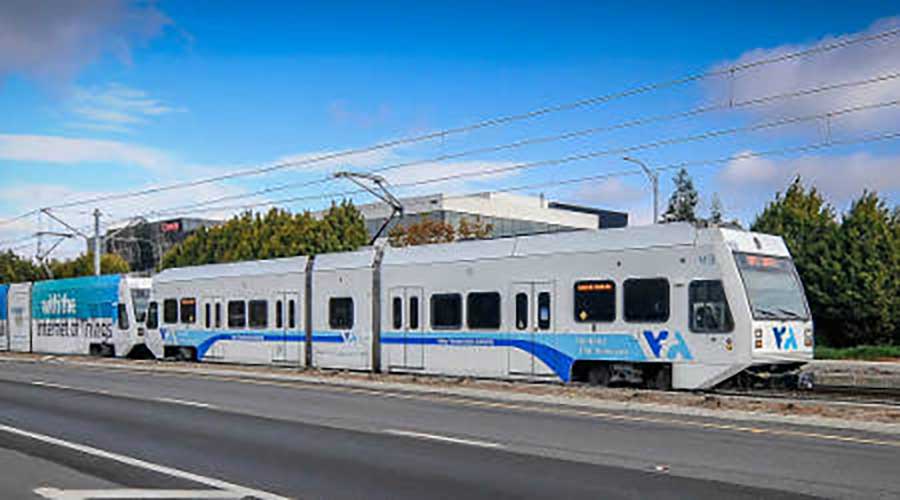Stay updated on news, articles and information for the rail industry
11/1/2016
Rail News: Rail Industry Trends
Freight-car demand remains 'relatively weak,' report says
Economic Planning Associates Inc.'s (EPA) latest freight rail-car forecast for total deliveries in 2016 has edged up to 61,800 units from 60,300 units. But, weakness in the market for certain cars has prompted the firm to lower its estimate for 2017.
Strength in box cars, hi-cube covered hoppers and mid-sized hoppers prompted EPA to increase this year's total delivery estimate.
"However, weaknesses in tank cars, coal cars, flat cars and mill gons will serve to lower 2017 assemblies to 41,000," stated EPA's report, which was released yesterday. "After a further easing to 40,000 car deliveries in 2018, demand for rail cars will rebound on an annual basis, reaching 51,500 cars in 2021."
Rail-car demand continues to be "relatively weak," according to the report. Orders of 18,799 cars through the first three quarters of 2016 were outpaced by assemblies of 47,519 cars, sending backlogs down from 111,000 at the year's start to 77,600 units as of Sept. 30.
"Still, backlogs represent 5.05 quarters of production at current assembly rates," the report stated.
The firm estimates a general softening in deliveries for most car types during the next two years. Car assembly will pick up in 2019, EPA said.
"Our weak economy continues to dampen rail traffic," the report stated. "The hardest hit sections of rail product movements were coal, petroleum, forest products, and metallic ores and metals. Due to a record harvest and strong export markets, grain haulings scored an impressive gain of 5.6 percent through September."
Based on significant backlogs, the firm anticipates an acceleration in box-car assemblies, which will result in deliveries of 3,250 units this year and 3,500 cars next year.
For hi-cube covered hoppers, the firm anticipates deliveries of 11,500 units in 2016 and 7,500 units in 2017. Deliveries will range from 4,000 to 5,000 cars per year starting in 2018 and through 2021, the report stated.
"Given the assemblies to date and the continuing growth in grain and soda ash demand, we have raised our mid-sized covered hopper deliveries forecast from 8,000 to 10,500 cars this year," said EPA. "Next year, we look for 7,000 cars to be delivered. From 2018 to 2021 deliveries will average 6,000 cars per year."
Meanwhile, the demand for coal-carrying equipment has vanished. There were no orders for aluminum bodied hoppers and gondolas during the first three quarters of 2016, EPA wrote.
"The current energy environment is sluggish, at best, and we noted a slowing in orders and assemblies of tank cars," the report stated. "As a result, we are lowering our 2016 tank car deliveries estimate from 20,000 to 18,000 and then to 8,000 cars in 2017. From 2018 to 2021, demand for tank cars will gradually rise from 9,000 units to 15,000 cars."


 LRW Honors Amtrak’s Acheson As Railway Woman Of The Year
LRW Honors Amtrak’s Acheson As Railway Woman Of The Year
 From Editor-In-Chief Foran: Of Gender Equity And Inclusion
From Editor-In-Chief Foran: Of Gender Equity And Inclusion
 Spotlight On Some Of Today’s Rail Safety Products
Spotlight On Some Of Today’s Rail Safety Products
 Women of Influence in Rail eBook
Women of Influence in Rail eBook
 railPrime
railPrime








